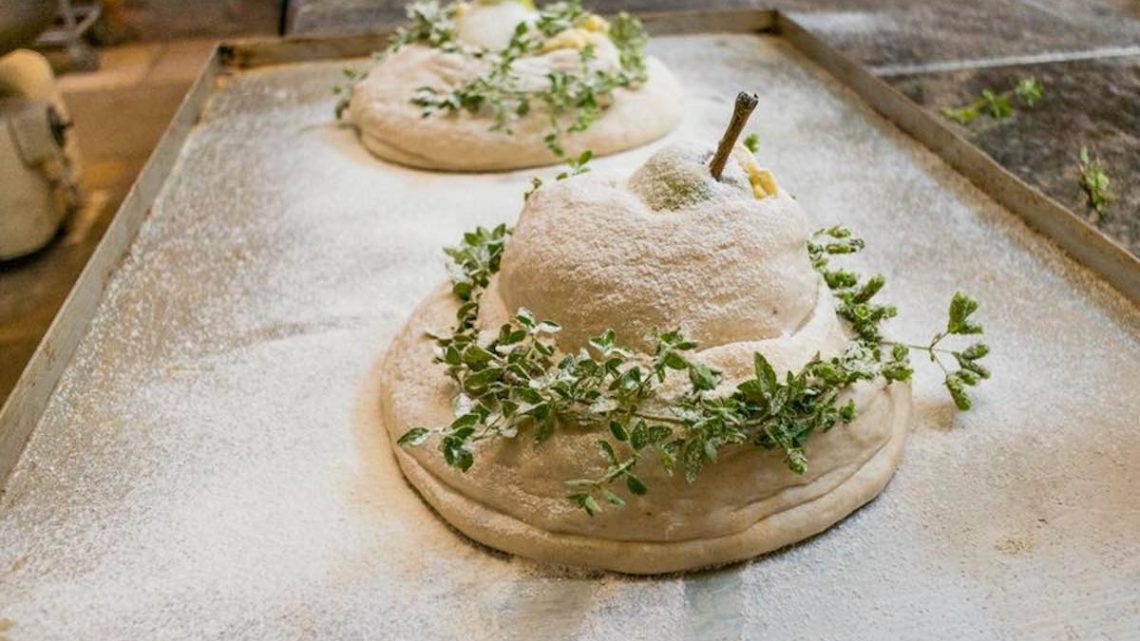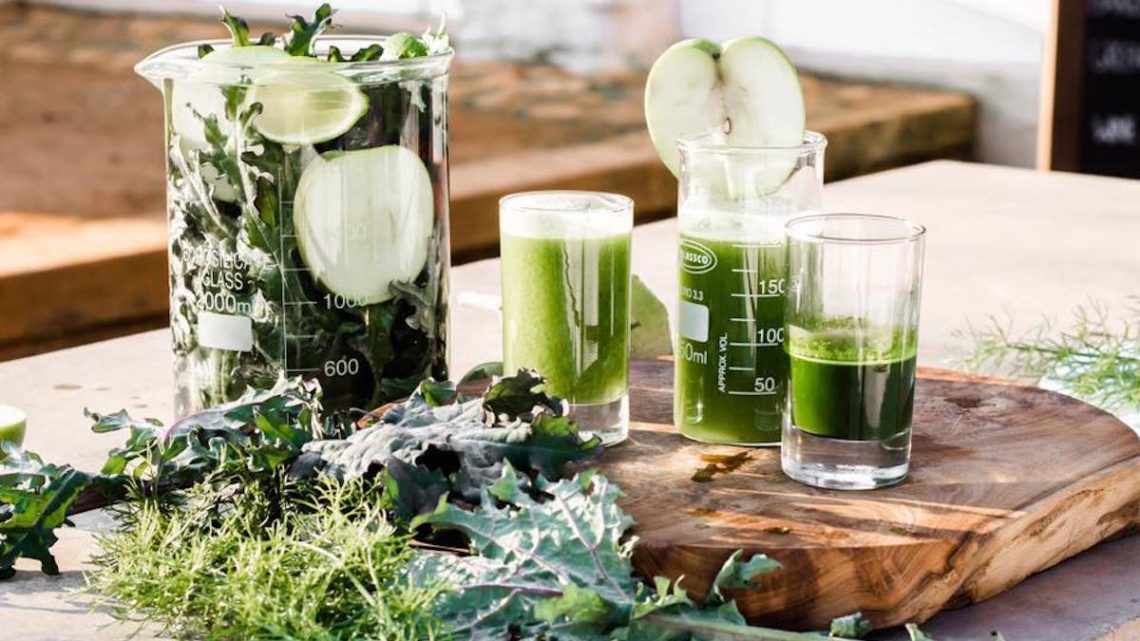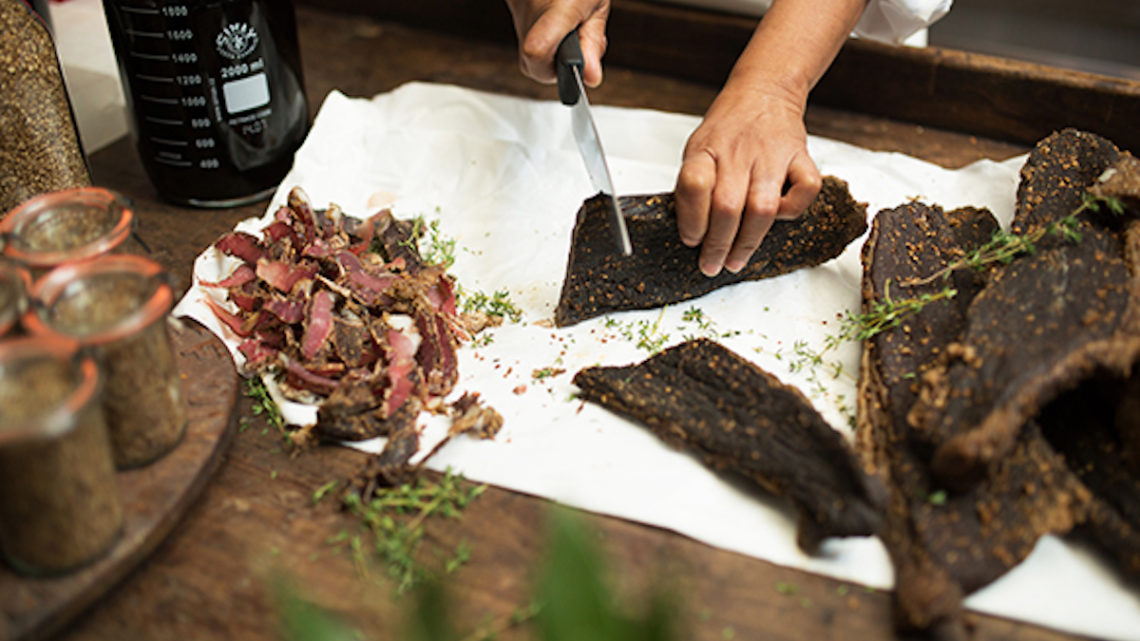Pear bread
600 g - 1kg strong white bread flour
1 x 7 g sachet of dried yeast
300 g strong white bread flour
350 g strong white bread flour , plus extra for dusting
oil , for greasing
- For the starter, combine 200g of the flour with 200ml of lukewarm water in a non-metallic container – a glass jar is perfect. Leave it somewhere warm uncovered overnight.
- The following day, feed it by discarding half and adding a further 100g of flour and 100ml of lukewarm water.
- Repeat this feeding process each day until you see bubbles throughout the mixture (this is where a glass jar comes in handy). It will take a few days, possibly more, for the mixture to pick up the natural airborne yeasts and really start living. Don’t lose hope, it will happen!
- Removing 100g of the starter to make your loaf, chill the rest, covered but with a hole for it to breathe. You’ll need to feed this once a week – bring it up to room temperature first, allow it to bubble up, then recede (somewhere warm) for 30 minutes to 1 hour, then return it to the fridge within an hour or so. A liquid layer may develop on top, called hooch; stir it in if you like, or pour it off.
- To make the sponge, bring the 100g of starter up to room temperature.
- Combine the 300g flour and ½ teaspoon of sea salt in a bowl, then add 300ml of warm water and the starter.
- Cover with a towel and leave it to rise somewhere warm for 3 to 4 hours, or until doubled in size.
- In the meantime, top up the starter with 50g of flour and 50ml of lukewarm water (the weight you removed), allow it to bubble up and down as in step 3, then return it to the fridge.
- Either use your sponge straight away or chill it, covered, overnight.
- Now to make the sourdough bread. Bring the sponge up to room temperature (if needs be), combine it with the flour and 2 teaspoons of salt, then turn it out onto a floured surface.
- Knead for 10 minutes, or until smooth and elastic. Put the dough in a lightly oiled bowl, cover and leave to rise in a warm place for 2 to 3 hours, or until doubled in size.
- Tip the dough onto a floured surface, knock out the air, then shape it into a round loaf, placing the pear inside on an oiled baking sheet.
- Wrap the thyme around as crown, over and prove for about 1 hour in a warm place, or until it doesn’t spring back when prodded.
- Preheat the oven to 220°C.
- When the dough is ready, place a tray of water in the base of the oven (this will help it develop a good crust) and score the top of the loaf with a sharp knife.
- Bake for 30 to 40 minutes until golden and sounds hollow when tapped. Cool on a wire rack.
Delicious served with blue cheese.
Green smoothies
4 Large Apples
6 Celery Stalks
2 Kale Leaves
Wash the ingredients under running water.
Madeleines
Matcha (green tea) Madeleines
Makes about 12
Ingredients
100g caster sugar
100g flour
1 egg
Lemon zest and juice of ½ lemon
¾ teaspoon baking powder
½ teaspoon matcha powder
100g butter and some extra for greasing the tin
Method
1 Preheat oven to 200 C˚. Melt the butter in a small pan and grease the baking tin. Sprinkle lightly with some flour, shaking off the excess. Mix the dry ingredients together.
2 Whisk the eggs and sugar in a bowl until light and fluffy. Fold the dry ingredients carefully carefully through the beaten eggs followed by the melted butter. Let stand for 15 minutes.
3 Fill each mold in the Madeleine baking tin ¾ full with the batter. Bake in the oven for 8-9 minutes or until cooked through. Leave them to cool for 1 minute in the tin and then gently remove. Put them on a rack to cool and sprinkle with icing sugar.
Biltong
Biltong is a form of dried, cured meat that originated in Southern African countries (South Africa, Zimbabwe and Zambia). Various types of meat are used to produce it, ranging from beef and game meats to fillets of meat cut into strips following the grain of the muscle, or flat pieces sliced across the grain. It is related to beef jerky in that they are both spiced, dried meats; however, the typical ingredients, taste and production processes may differ.
The word biltong is from the Dutch bil ("buttock”") and tong ("strip" or "tongue").
Meat preservation as a survival technique dates back to ancient times. Indigenous peoples of Southern Africa, such as the Khoikhoi, preserved meat by slicing it into strips, curing it with salt, and hanging it up to dry. European seafarers preserved meat for their long journeys by curing meat in salt or brine. European settlers (Dutch, German, French) who arrived in southern Africa in the early 17th century used vinegar in the curing process, as well as saltpetre (potassium nitrate). The potassium nitrate in saltpeter kills Clostridium botulinum, the deadly bacterium that causes botulism while the acidity of the vinegar inhibits its growth. According to the World Health Organization, C. botulinum will not grow in acidic conditions (pH less than 4.6), therefore the toxin will not be formed in acidic foods. The antimicrobial properties of certain spices have also been drawn upon since ancient times. The spices introduced to biltong by the Dutch include pepper, coriander, and cloves.
The need for food preservation in South Africa was pressing. Building up herds of livestock took a long time, but with game in abundance in South Africa, traditional methods were called upon to preserve the meat of large African animals such as the eland in a warm climate. Iceboxes and refrigerators had not been invented yet. Biltong as it is today evolved from the dried meat carried by the wagon-travelling Voortrekkers, who needed stocks of durable food as they migrated from the Cape Colony north and north-eastward (away from British rule) into the interior of Southern Africa during the Great Trek. The meat was preserved and hung to be dried for a fortnight during the colder winter, with the cold temperatures aiding to further inhibit bacterial and fungal growth. Once suitably dried, the biltong was ready for packing in cloth bags, which allow air circulation to prevent mould.
While biltong is usually eaten as a snack, it can also be diced up into stews, or added to muffins or pot bread. Biltong-flavoured potato crisps have also been produced, and there are cheese spreads with biltong flavour. Finely shredded biltong is eaten on slices of bread and in sandwiches.
Biltong can be used as a teething aid for babies.
Biltong is a high-protein food.
Marshmallow with raspberries
Ingredients
2 egg whites
12 leaves gelatine
pinch of salt
500 g castor sugar
350 ml water
1 tablespoon flavourings rose water
1 punnet fresh raspberries
Method
Put the sugar and water in a pan and boil until they reach 127 C. Begin to beat the egg whites in an electric mixer when the sugar is at 121C. Soften the gelatine leaves is water and then dissolve the gelatine in the hot syrup.
Pour the syrup slowly on to the whisked egg whites and add the rosewater. Let it whisk until cold and working quickly, pour half the marshmallow mixture into a tin or container dusted with a mixture of equal quantities of cornstarch and icing sugar. Lay the raspberries on top and cover with the remaining marshmallow mixture. Let it cool completely and then cut into cubes. Dust with the cornstarch/sugar mixture and serve. Store, refrigerated, in an airtight container.





